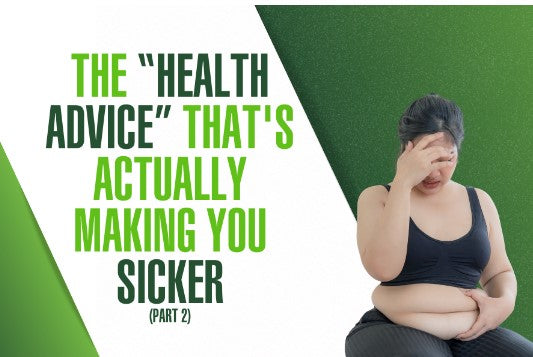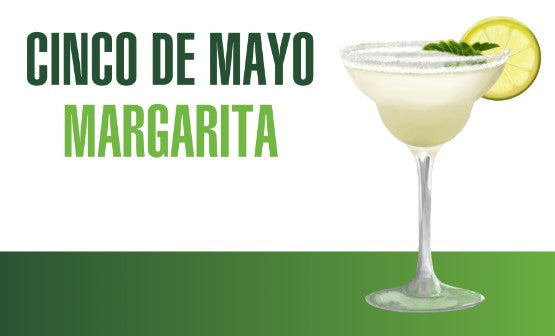
If you want to get more potassium in your diet, and you ask 10 people what to do about it, I’m going to guess that all 10, or at the very least 9, are going to tell you, “Eat a banana.”
That’s what we’ve all been told is the best way to get more potassium, the top mineral to fight muscle cramps, charley horses, and those awful middle of the night rude awakenings that result from too much ACID.
Well if you think that advice is correct, I’ve got a rude awakening for you… Bananas aren’t even close to being the best source of potassium!
Now, that doesn’t mean they aren’t high in potassium, or that you should never eat a banana, as bananas are WAY better than most C.R.A.P. (Completely Refined And Processed) that people are eating.
But with that said, it’s important we put this information in context so you can have the full story on “nature’s candy.”
Let’s start with what the best food sources of potassium actually are (per 1 cup, unless otherwise noted):
- Avocado – 30% of recommended daily value, or RDV, in 1 whole
- White beans – 30% RDV
- Acorn Squash – 26% RDV
- Spinach – 24% RDV (cooked)
- Sweet potato – 24% RDV in 1 medium whole
- Wild-caught Alaskan salmon – 22% RDV in ½ filet
- Coconut water – 17% RDV
- Watermelon – 14% RDV in 2 slices
- Banana – 14% RDV in 1 large whole
- Butternut squash – 12%
- Beets – 11%
- Tomato sauce (fresh, not bottled) – 7.5% RDV in ½ cup
- Pomegranate seeds – 6.5% RDV in ½ cup
Out of those 13 foods, banana is all the way at number 9!
So next time someone asks you how to get rid of charley horses, or how to get more potassium, or how to get rid of your sugar cravings, tell them, “Eat an avocado,” or even, “Eat more wild-caught Alaskan salmon!”
I bet you’ll get a surprised look back, but now you know the truth.
 So now you might be thinking, “Okay, but bananas are on that list, so they must be a good way to get rid of muscle cramps, right?”
So now you might be thinking, “Okay, but bananas are on that list, so they must be a good way to get rid of muscle cramps, right?”
Wrong!
Bananas are good for a quick hit of nutrition – they’re high in potassium, as well as fiber and magnesium – but eating a banana is not going to prevent muscle cramping. And furthermore, it will leave you feeling tired soon after eating it.
This is why a banana alone is not your ideal breakfast or snack option.
A lot of people think it’s the perfect option to grab-and-go in the morning, but what they don’t realize is that bananas are 25% sugar. So what happens is that you ingest a lot of sugar on an empty stomach, which spikes your blood sugar.
Just like any sugar you eat, it undergoes the process of fermentation, like beer and wine, and it turns into acid and alcohol in your body. The result is you feel a blood sugar crash, get tired, and your digestion slows.
When blood sugar levels increase, your body releases its FAT-STORING hormone, otherwise known as insulin.
Insulin is what I call the ‘traffic cop’ for all other hormones, and when your insulin spikes, not only will you store fat, but you will create INFLAMMATION.
If you ever get hungry and tired by 10:30 AM, you know exactly what I’m talking about.
And what do most people do when that’s the case? They drink coffee, or have some more sugar, or an energy drink, which just continues the acidic cycle.
So do you have to banish bananas?
No, the good news is that if you enjoy “nature’s candy,” you can still eat bananas every day. It’s how you eat them that matters.
Here are 4 tips for enjoying a banana the alkaline way:
- Don’t eat it alone. Because it spikes your blood sugar, don’t eat a banana alone, especially on an empty stomach. And for all you naysayers out there who are throwing daggers at me for combing fruit with another food, let me explain.
If you have a choice between have a fruit like a banana combined with a raw healthy fat, or having your INSULIN spike, I’ll go with the first option.
Because when you combine a healthy fat (coconut butter, coconut oil, raw almond butter) with a moderately acidic fruit like a banana, it will SLOW down the metabolization of sugars, preventing your insulin from spiking, thus preventing INFLAMMATION and WEIGHT GAIN!
- Don’t eat it as dessert. On the other hand, you also don’t want to eat fruit with sugar after a meal. That will also spike your blood sugar.
- Just add almond butter. Eat your banana with a generous dollop of raw almond butter. The healthy fat in the nut butter balances the sugar in the banana. As a bonus, you’ll benefit more from the nutrients in the banana this way, and stay fuller longer.
- Go for a smoothie. If you want a banana for your on-the-go breakfast, smoothies are the perfect alternative.
Use My Ultimate Smoothie Formula to make sure you’re getting all of the nutrients without all of the acid:
- Choose your greens: Add 1 big handful ofspinach, kale, watercress, Swiss chard, collard greens, parsley, romaine, dandelion, beets, carrots, cucumbers, or celery to your blender.
- Choose your liquid: Add 1-1.5 cups unsweetened, raw coconut water, coconut milk, almond milk
- Blend before moving to next step: This gives you the best texture.
- Choose your fruit: Add 1 cup, fresh or frozen blueberries, raspberries, blackberries, lemon, lime, grapefruit, grapes, apples, pear, kiwi, mango, strawberries, avocado, acai, or of course bananas.
- Choose your fat: Add 2 or 3 of the following: chia seeds, coconut oil, raw almond butter, avocado (or oil), MCT oil, macadamia nuts (or oil), black cumin seed oil…
- Choose any super food boosters: Alkamind Daily Protein, Daily Greens, Daily Minerals, herbs, ginger, turmeric, coconut meat, goji berries, cacao powder, cinnamon, bee pollen, propolis, maca powder, camu powder, sunflower, or coconut flakes.
Why do you need potassium anyway?
If you don’t suffer from muscle cramps, you might be wondering why you would even more need potassium in your diet. The reality is we all need potassium, and here are a few reasons why:
- It helps regulate our heartbeat.
- People who eat high levels of potassium are at lower risk of a stroke.
- It lowers blood pressure levels.
- It reduces the appearance of cellulite.
- It improves bone density and helps prevent osteoporosis.
- It decreases cramping related to PMS.
- It improves muscle strength.
- It prevents muscle cramping.
Want a better way to prevent muscle cramps?
Load up on alkaline minerals, including potassium and magnesium. A dose every night before bed and another after strenuous exercise will fight lactic acid buildup in muscles, prevent cramping, and help you get a better night’s rest.
 Skip to content
Skip to content





